
Honda H’ness CB350 Road Test Review: Should RE Be Worried?
- Jan 31, 2021
- Views : 23845

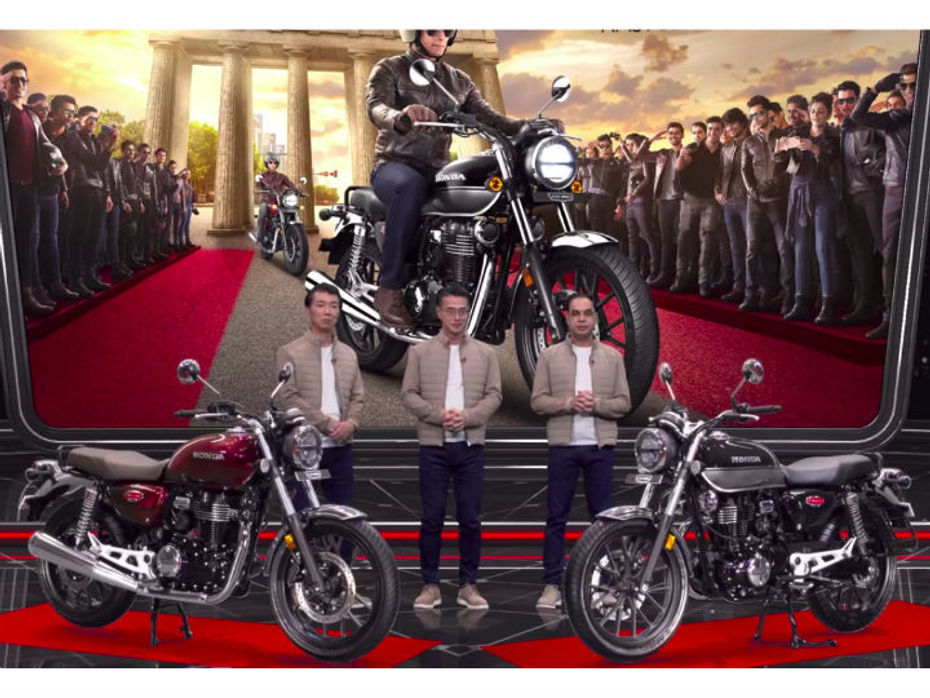
Honda has created quite the splash in the retro segment with the launch of its first classic motorcycle developed specifically for India, the Honda H’Ness CB350. Like most of its portfolio, it is available in two variants. Here’s a detailed explanation of how different the features are in DLX and DLX Pro.
Aesthetics:
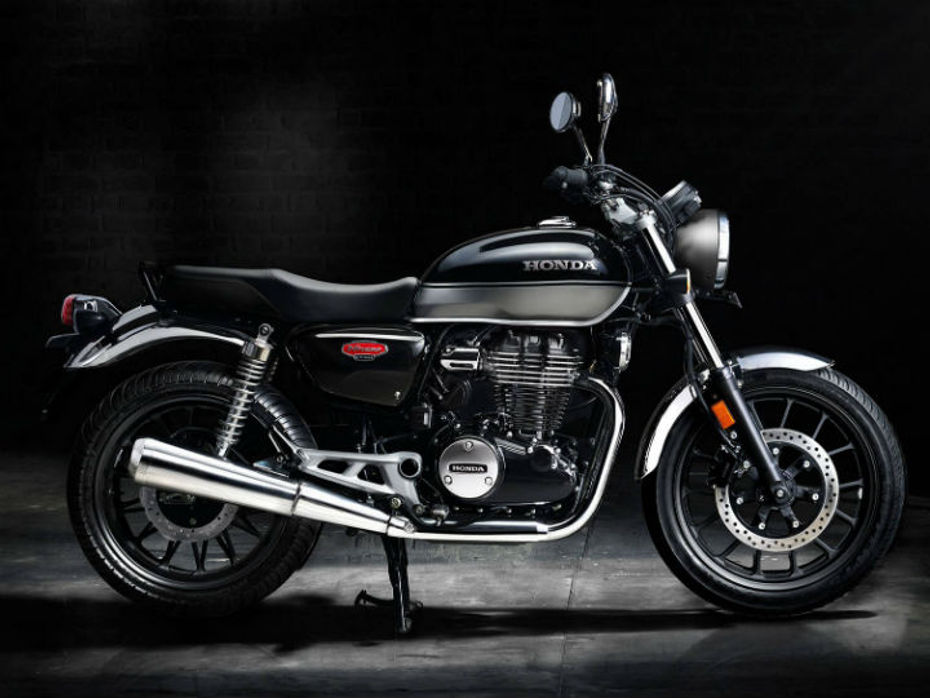
The Honda H’Ness CB350 DLX Pro variant gets a more premium, retro-looking dual-tone colour scheme on the fuel tank. This variant is available in three colours: Pearl Nightstar Black with Spear Silver Metallic, Athletic Blue Metallic with Virtuous White and Matte Steel Black Metallic with Matte Massive Grey Metallic. The matte black and grey colour variant comes with a beige seat cover whereas the other two colour variants get a black one. Of these three, the blue is our favourite as it echoes the nostalgic blue and white scheme of its forefather, the Honda CB350 from 1970.

On the other hand, the base DLX variant comes only in single-tone colour schemes: Precious Red Metallic, Pearl Night Star Black and Matte Marshal Green Metallic. The black variant comes with a matching black seat cover whereas the other two variants get a beige seat cover for an authentic retro look.
Thankfully, all the variants get a properly premium 3D Honda logo on the fuel tank, chromed fenders, exhaust and highlights on the powerplant.
Feature changes:
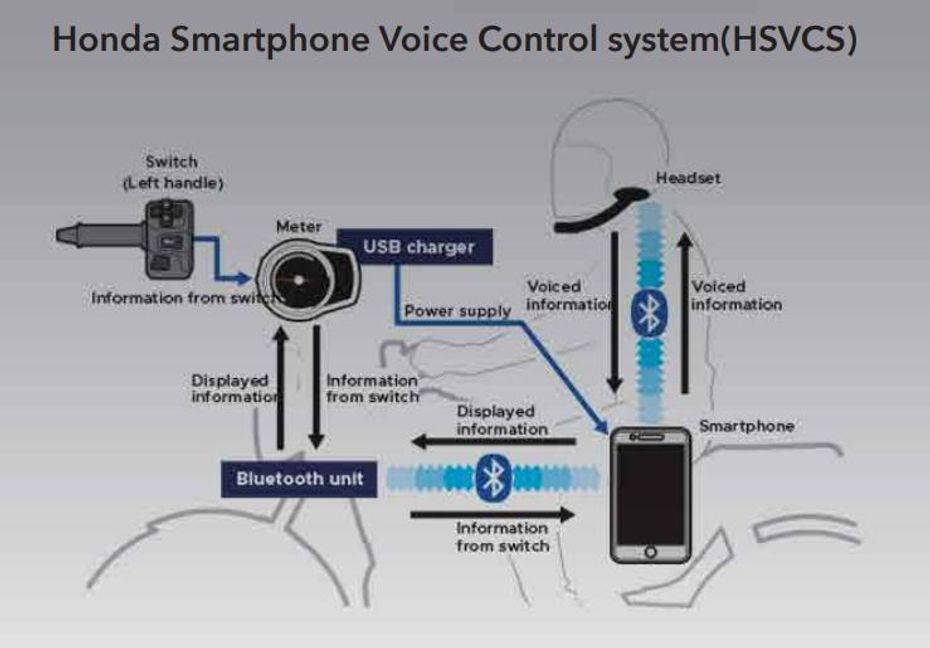
The biggest difference between the two variants is the smartphone-compatible instrument cluster that is exclusive to the DLX Pro variant. The instrument cluster gets bluetooth connectivity along with an integrated USB port. It uses a segment-first Honda Smartphone Voice Control system paired to the headset, using which one can issue voice commands and use features such as turn-by-turn navigation; access calls/ messages, music and even weather information. The features can be cycled via the navigation buttons on the left handlebar. It is to be noted that the headset will be sold separately. While the instrument cluster itself is extremely info-packed, the digital inset seems to be too small to view the features conveniently. For added practicality, this variant also gets a dual horn setup as opposed to the single horn in the DLX version. Also Read: Everything You Need To Know About The Honda H'Ness CB350
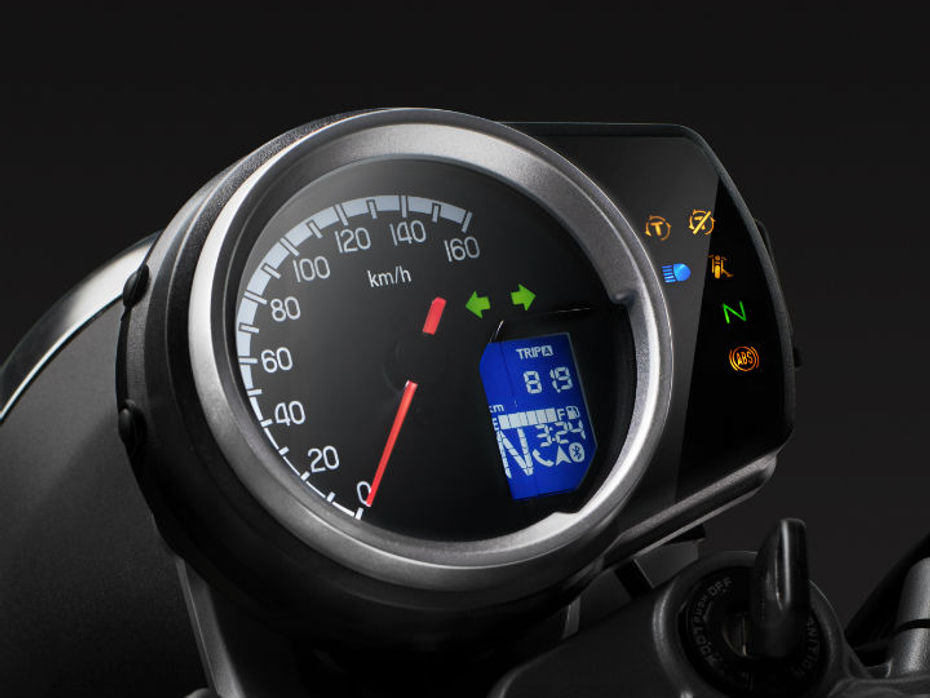
Other than the smartphone compatible features, the rest of the bits like side-stand engine kill function, hazard lamps, distance-to-empty readouts, average/ real-time mileage indicator, battery voltage meter, gear position indicator, engine kill switch, all-LED lighting system, Honda Selectable Torque Control (A.K.A. traction control), slip-assist clutch, alloy wheels with tubeless tyres and dual-channel ABS are all standard across both the variants. So even if you go for the base variant, you wouldn’t be missing out on features that really matter.
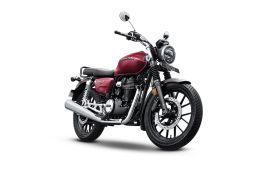

Honda H’ness CB350 Road Test Review: Should RE Be Worried?

Your Highness Rolls Off The Production Line

Honda H’Ness CB350 Hits The Road

Honda H'ness CB350: Variants Explained

This Modified Honda CB350 Cafe Racer Oozes Classic Retro Charm

This Custom Honda CB350RS Cafe Racer Kit Is Affordable And Looks...

Honda CB350 Family Explained: CB350, H’ness CB350, And CB350RS

Honda H’ness and CB350RS Special Editions Launched
 Royal Enfield Meteor 350
Royal Enfield Meteor 350
 Royal Enfield Classic 350
Royal Enfield Classic 350
 Honda CB350
Honda CB350
 Honda CB350RS
Honda CB350RS
 Royal Enfield Hunter 350
Royal Enfield Hunter 350
India's largest automotive community
 Honda SP125
Rs. 91,771
Honda SP125
Rs. 91,771
 Honda Shine
Rs. 83,251
Honda Shine
Rs. 83,251
 Honda SP160
Rs. 1.21 Lakh
Honda SP160
Rs. 1.21 Lakh
 Honda Shine 100
Rs. 66,900
Honda Shine 100
Rs. 66,900
 Honda Hornet 2.0
Rs. 1.43 Lakh
Honda Hornet 2.0
Rs. 1.43 Lakh
 Honda Activa 6G
Rs. 78,684
Honda Activa 6G
Rs. 78,684
 Honda Activa 125
Rs. 94,422
Honda Activa 125
Rs. 94,422
 Honda Activa e
Rs. 1.17 Lakh
Honda Activa e
Rs. 1.17 Lakh
 Honda Dio (2020-2024)
Rs. 73,212
Honda Dio (2020-2024)
Rs. 73,212
 Honda Dio 125
Rs. 86,851
Honda Dio 125
Rs. 86,851